Starting from the idea of building a resort station for the French in early 20th century, when Sa Pa was still a pristine mountainous area, with only a few ethnic minorities living. Through many ups and downs of history, Sa Pa today has become a famous tourism spot attracting millions of visitors every year.
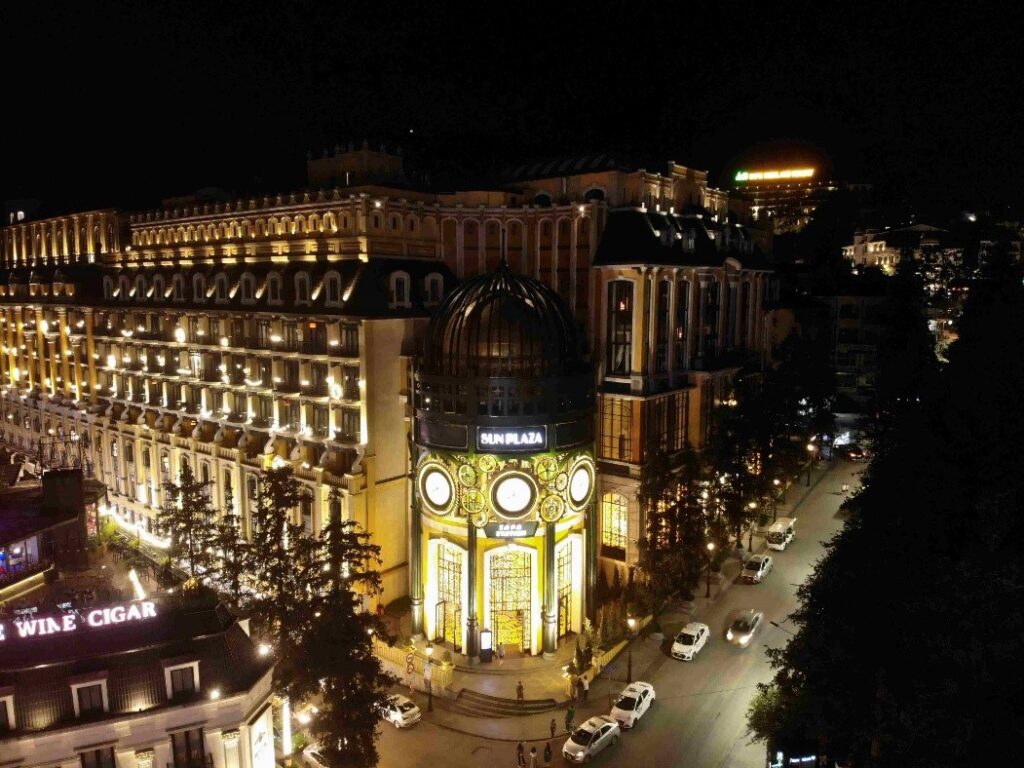
Sa Pa at night. Photo: Q.Lien
Spring - the flower blooming season (February to May)
This is the season that many tourists think is the best time to enjoy the sun, wind and fresh air of the highland mountains and forests. Spring in Sa Pa is full of flower forests: peach blossoms, plum blossoms and thousands of flowers blooming on every hillside, halfway up the slope, valleys and mountain slopes. Roads in the town are all filled with colorful flowers. All have created the most beautiful, colorful pictures you can see when traveling to Sa Pa in the spring.
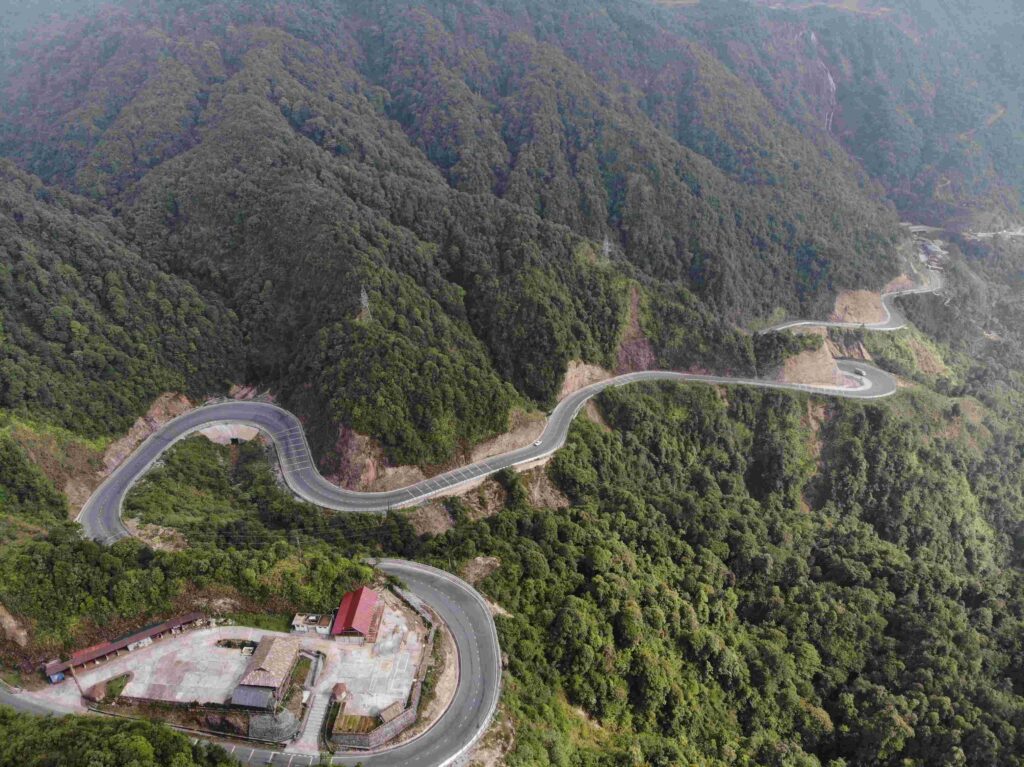
O Quy Ho Pass, one of four famous passes in Vietnam. Photo: Q.Lien
Escape from the summer heat and admire terraced fields (June - September)
The period from June to September is the ideal time for those who want to escape the harsh, sweltering sun in the city and look for a cool, pleasant space. Like many other high mountainous regions, Sa Pa has more or less the characteristics of a temperate region. So if you come to Sa Pa in the summer, you will be immersed in the cool and extremely fresh atmosphere. From June to July, Sa Pa is filled with cool green of forests and terraced rice fields in full bloom.
Trees begin to bear sweet fruits from the end of May to mid-June. Tourists will enjoy a lot of attractive fruits of the chill region such as plums, peaches and pears.

Fansipan's average summer temperature is 15 degrees. Photo: Q.Lien
Admire bright yellow fields with ripe rice in the autumn (from September to November)
Sa Pa gradually turns into a bright yellow color from the beginning of August to the end of September when the rice is getting ripe. Every rice field running faraway like the stairs leading to paradise always attracts tourists. The yellow color of the rice, the green color of the surrounding mountains and forests and the white color of the clouds give us a strange feeling of peace. Large fields covering hundreds of hectares look like a giant painting with winding lines. They have been created by the talented local people here. In 2009, terraced fields in Sa Pa were recognized as the most magnificent and beautiful terraced fields in Asia.
To admire the unique traditional beauty, you should visit villages like Lao Chai, Ta Van, Ta Phin. If you want to see Sa Pa hidden in a sea of mist, you should climb up to Ham Rong peak.
Tourists are advised to visit the fields in mid or late August or early September. By October, farmers in many areas have finished harvesting, so you won't be able to admire the shiny yellow color of the freshly-planted rice fields.

Sapa is becoming increasingly attracts among foreign tourists. Photo: Q.Lien
Enjoy snowfall in the winter (December to February)
Sa Pa begins to turn cold in October and November. The water season in Sa Pa starts in the winter with strong flow of lively and majestic waterfall. The winter starts from November onwards but the chill has not been felt yet. When you wake up in the morning, you will be surprised by the scene as if you are in a fairyland, all over the valleys floating clouds, the whole town seems to be sinking into the sea of clouds, a miraculous beauty that only exists in paintings. From December to February, the weather in Sa Pa is getting colder. The temperatures in some places even drop below zero with snow falls, especially at night and early morning. Therefore, if you choose to travel to Sa Pa in December, don't forget to bring warm clothes, shoes, gloves, scarves and wool hats to avoid getting cold.
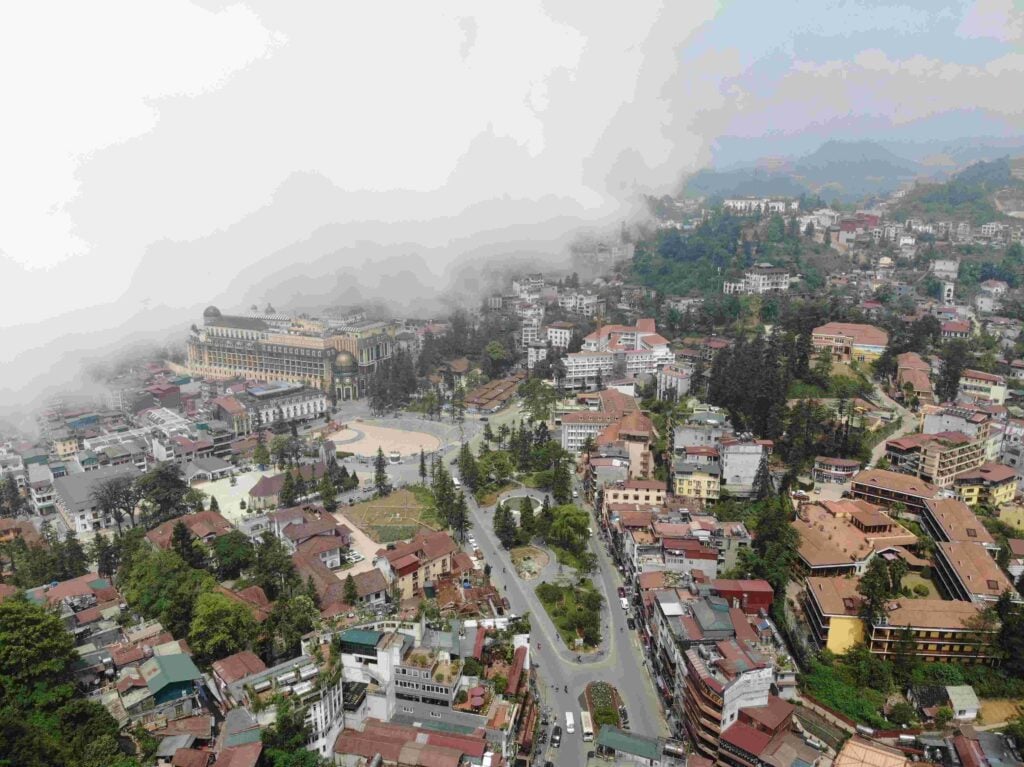
Sa Pa is frequently clouded over during the winter. Photo: Q.Lien
Although the winter is harsh and you can feel the biting cold, there is one magical thing that always motivates you to come to Sa Pa this season: admiring snowfall in all over the roads. The terraced fields seem to be wearing new colors, not the green of young seedlings or the golden color of ripe rice. Instead the fields are covered with the pure white of snow, an image that seems to be very rare in Vietnam. Snowfall time is not the same every day, so you need to follow the weather forecast to catch up the moment.
In early February, flowers in Sa Pa begin to bloom everywhere. Sa Pa has once again changed into a new outfit, resplendent in the colors of peach blossoms, apricot blossoms, plums and many other flowers, all like a beautiful picture welcoming visitors to the land.
Famous tourist attractions recommended in Sa Pa are the stone church, Ham Rong mountain, Cat Cat, Ta Van, Ta Phin villages, Fansipan mountain peak, Love waterfall, Muong Hoa valley. Each of those places has a different beauty and its own story, helping visitors understand more about this land.
It is no coincidence that Sa Pa is in the top 10 most attractive destinations in the world ranked by British Rough Guide Magazine and US National Geographic Magazine. "The world's leading cultural tourist destination", "The world's leading tourist destination with attractive natural landscapes".
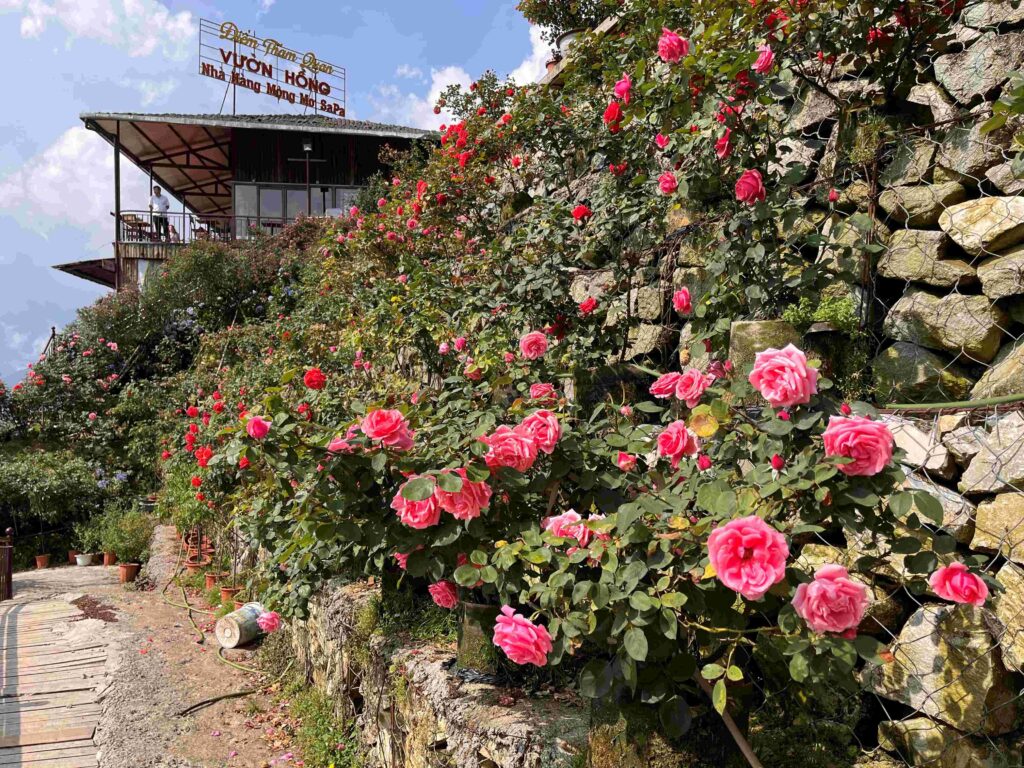
Sa Pa is also known as the “Land of Roses”. Photo: Q.Lien
With a subtropical and temperate climate, cool air all year round, Sa Pa has four seasons in a day: spring in the morning, summer at noon with little sunshine, autumn in the afternoon with clouds and fog, and winter at night. If someone asks which season is the most beautiful in Sa Pa, the answer will depend on your choice because Sa Pa has its own attractive feature in every season. Your choice is the answer to which season is the most beautiful./.
Q.Liên


![[Ảnh] Chủ tịch Quốc hội Trần Thanh Mẫn hội kiến Thủ tướng Ethiopia Abiy Ahmed Ali](https://vstatic.vietnam.vn/vietnam/resource/IMAGE/2025/4/16/c196dbc1755d46e4ae7b506c5c15be55)
![[Ảnh] Nhiều hoạt động thiết thực giao lưu hữu nghị quốc phòng biên giới Việt Nam-Trung Quốc lần thứ 9](https://vstatic.vietnam.vn/vietnam/resource/IMAGE/2025/4/16/3016ed3ef51049219574230056ddb741)
![[Ảnh] Khai mạc Triển lãm về Tăng trưởng xanh](https://vstatic.vietnam.vn/vietnam/resource/IMAGE/2025/4/16/253372a4bb6e4138b6f308bc5c63fd51)
![[Ảnh] Khai mạc Hội nghị thượng đỉnh Diễn đàn Đối tác vì Tăng trưởng xanh và Mục tiêu toàn cầu lần thứ tư](https://vstatic.vietnam.vn/vietnam/resource/IMAGE/2025/4/16/488550ff07ce4cd9b68a2a9572a6e035)
![[Ảnh] Chủ tịch nước Lương Cường tiếp Thủ tướng Ethiopia Abiy Ahmed Ali](https://vstatic.vietnam.vn/vietnam/resource/IMAGE/2025/4/16/504685cac833417284c88a786739119c)
![[Ảnh] Chủ tịch nước Lương Cường gặp mặt 100 điển hình tiêu biểu Chương trình Việc tử tế](https://vstatic.vietnam.vn/vietnam/resource/IMAGE/2025/4/16/ce8300edfa7e4afbb3d6da8f2172d580)



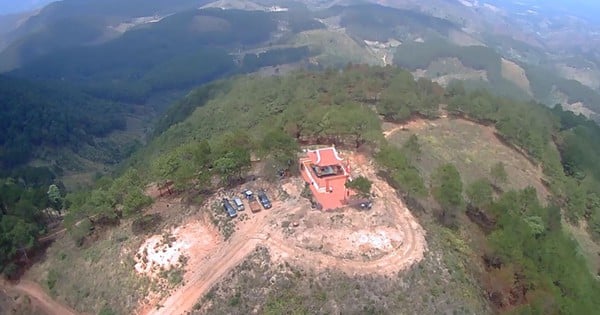



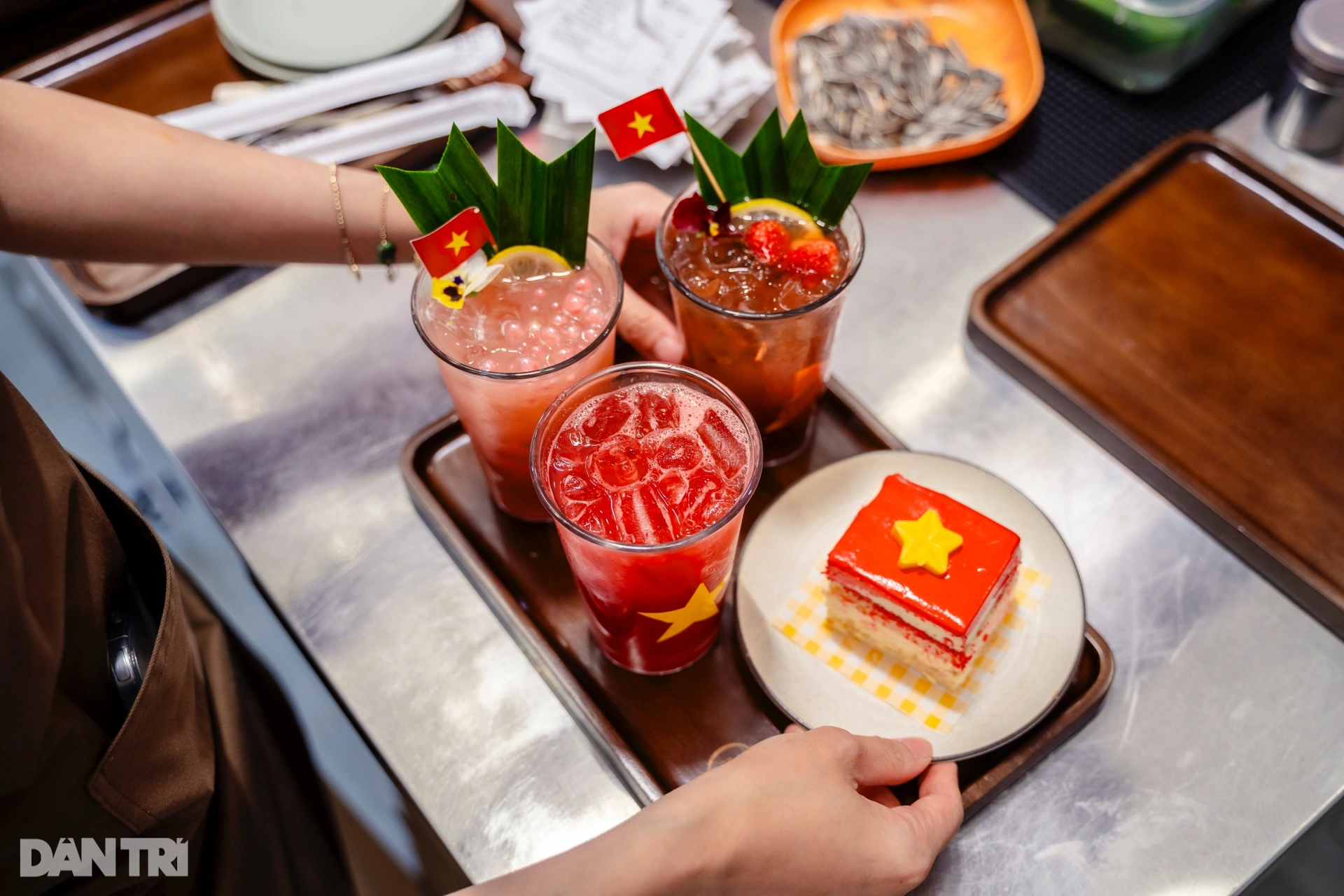


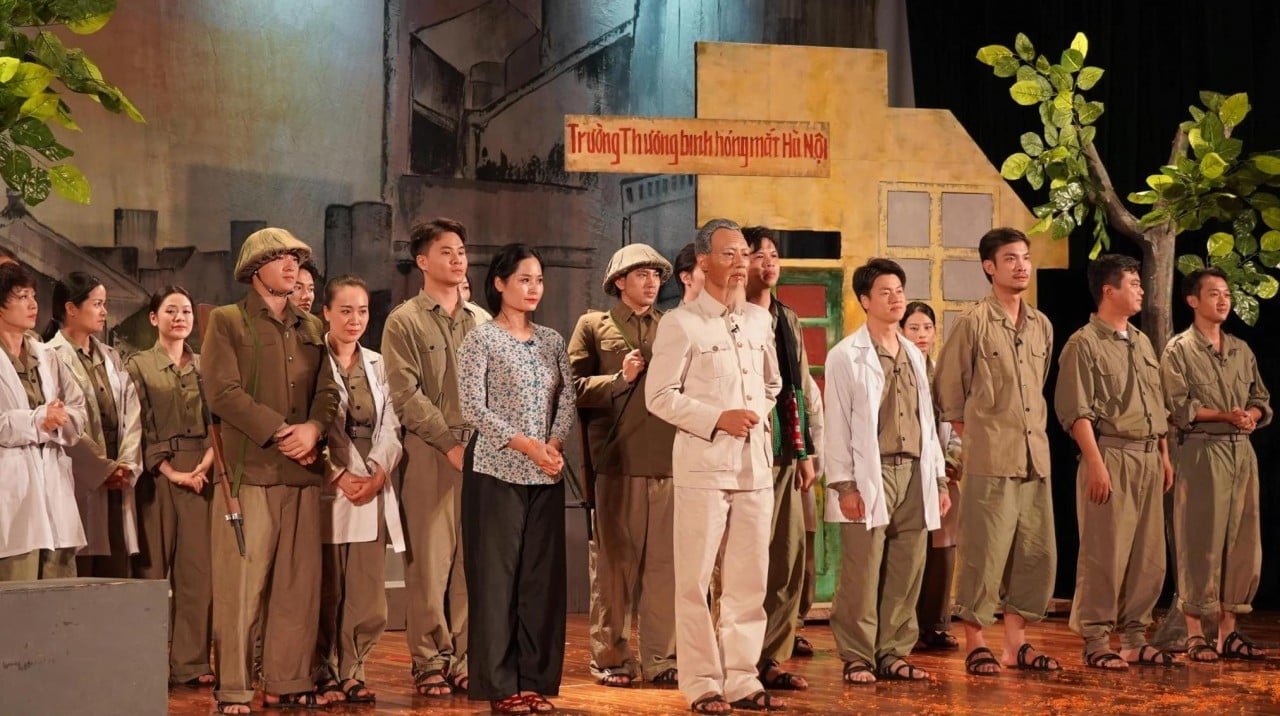

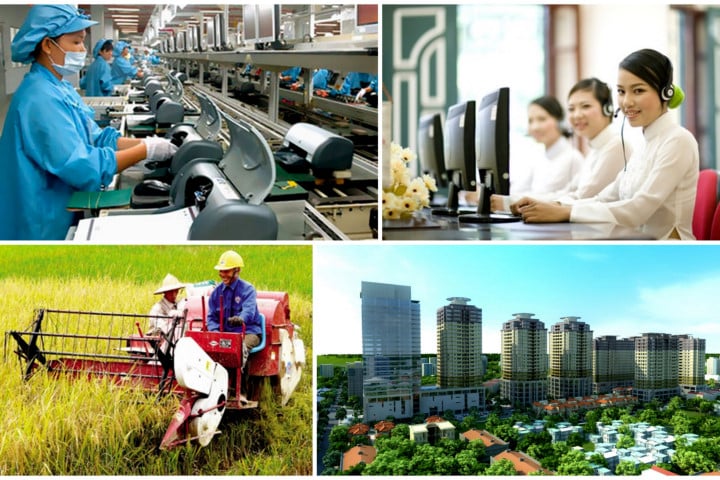





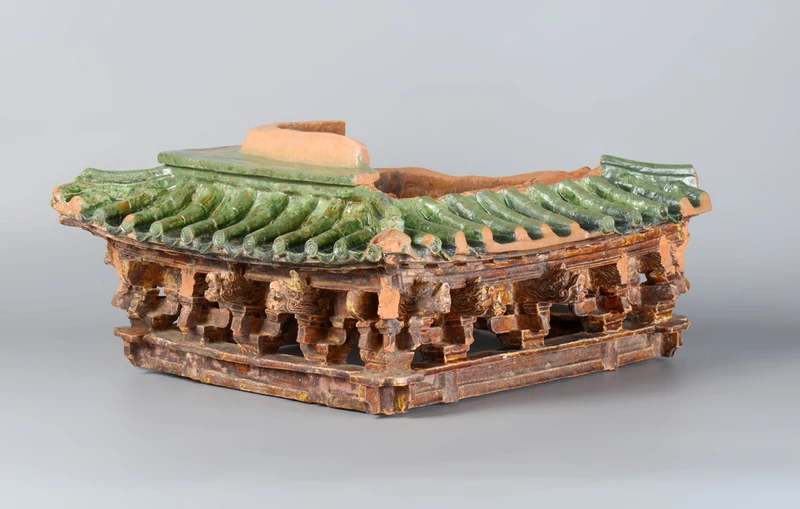

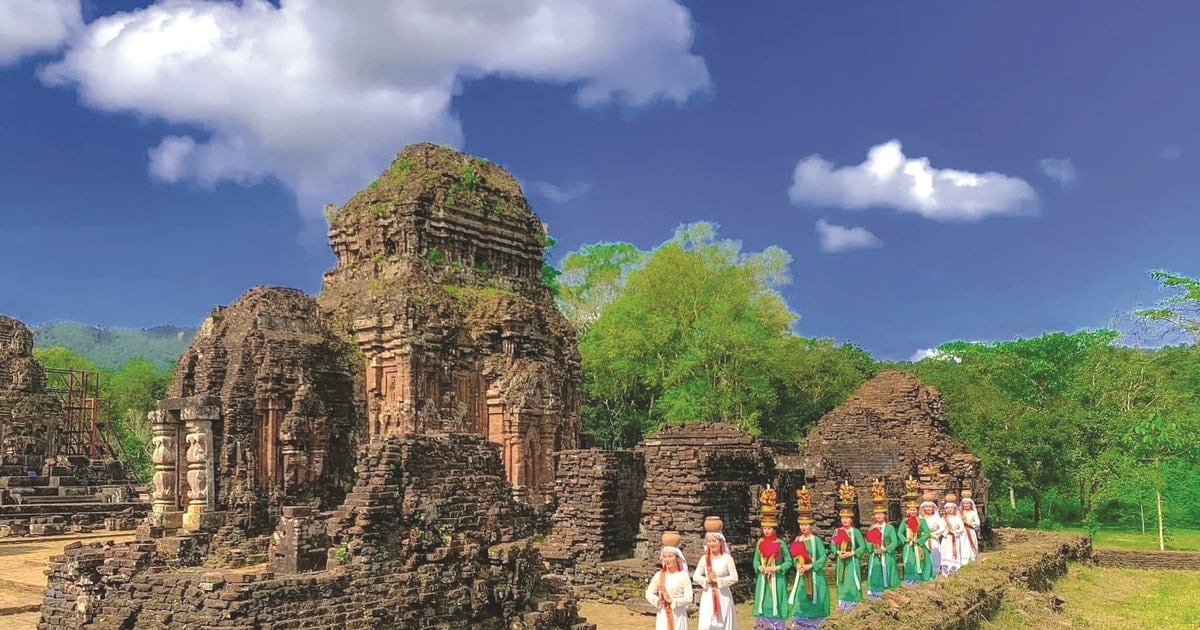

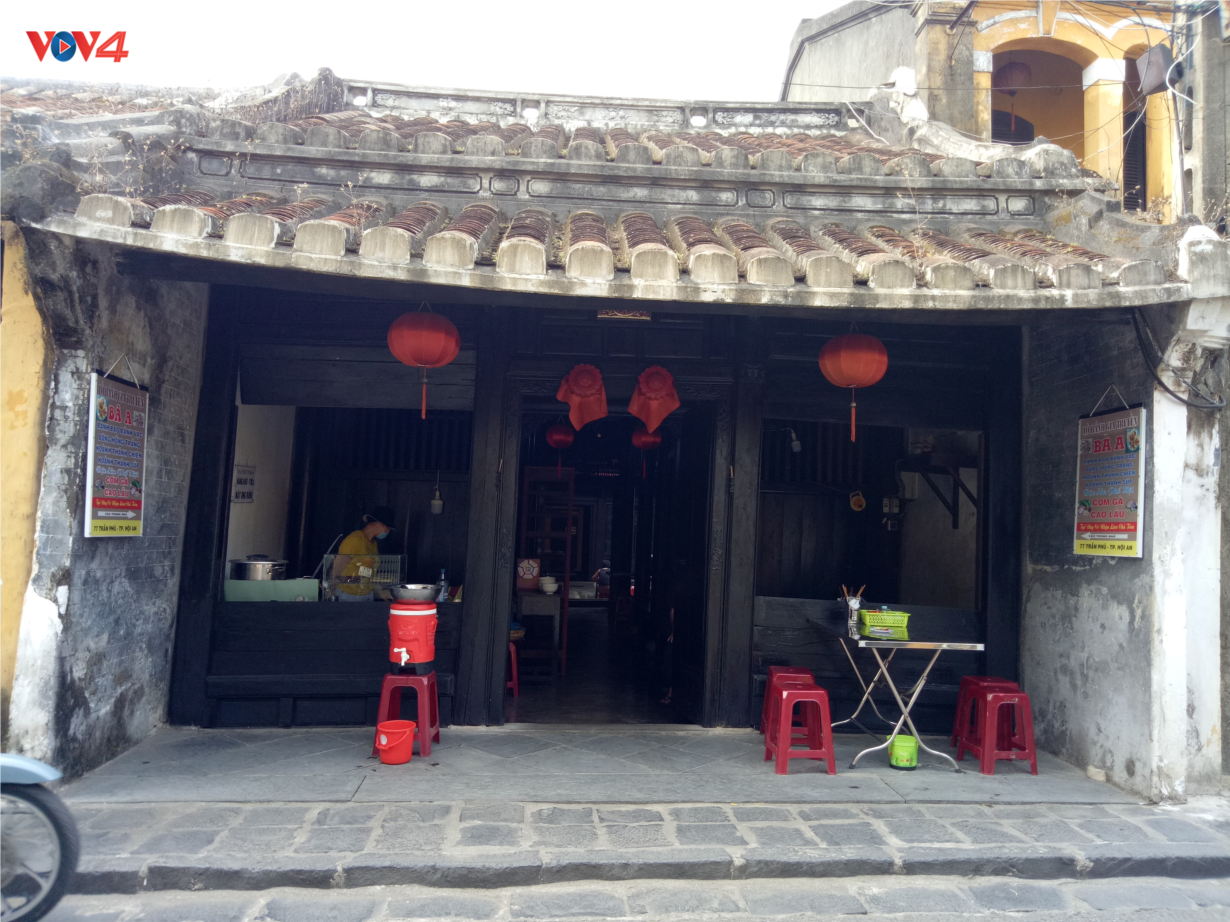

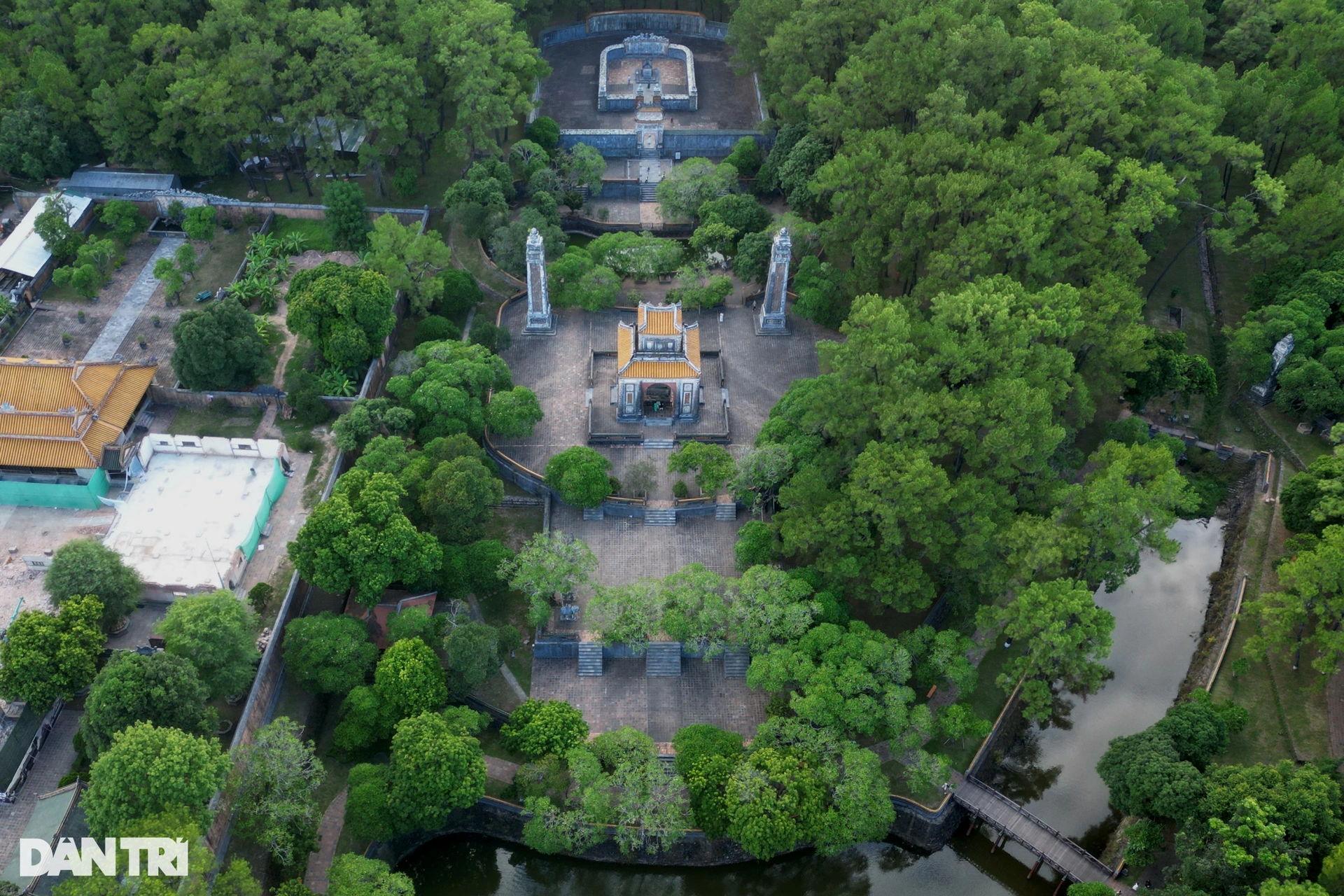

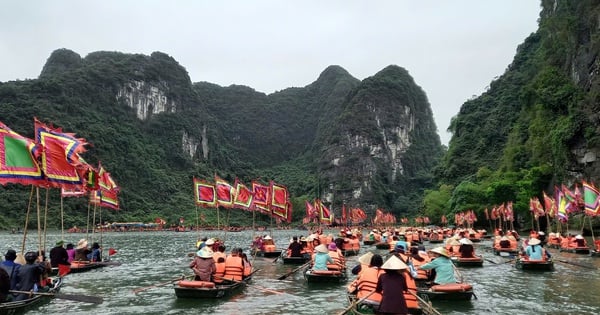



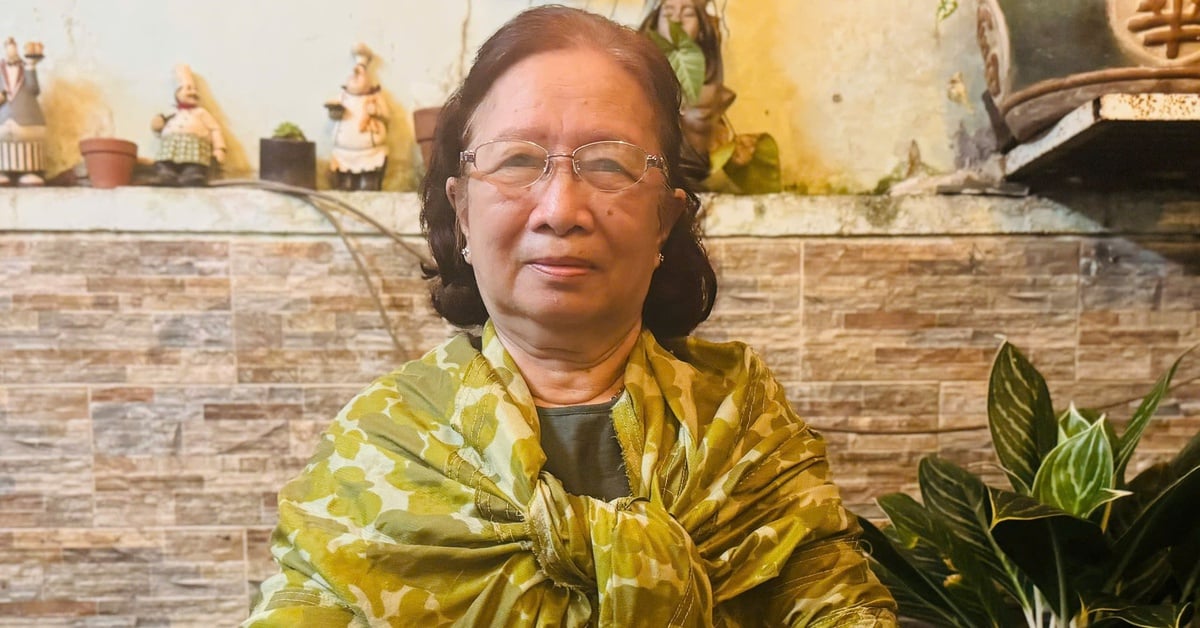

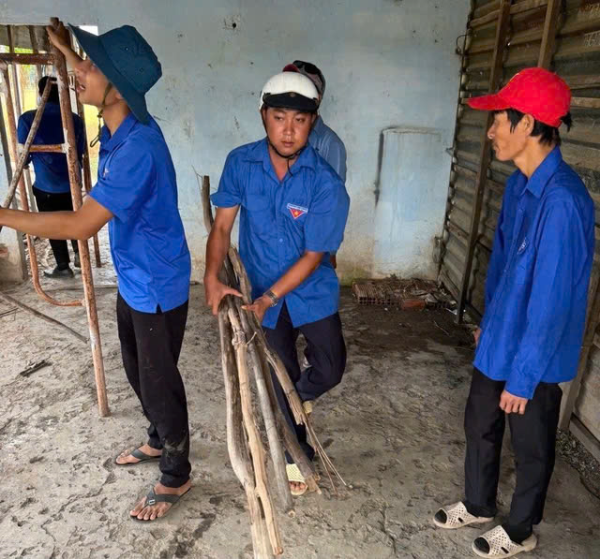

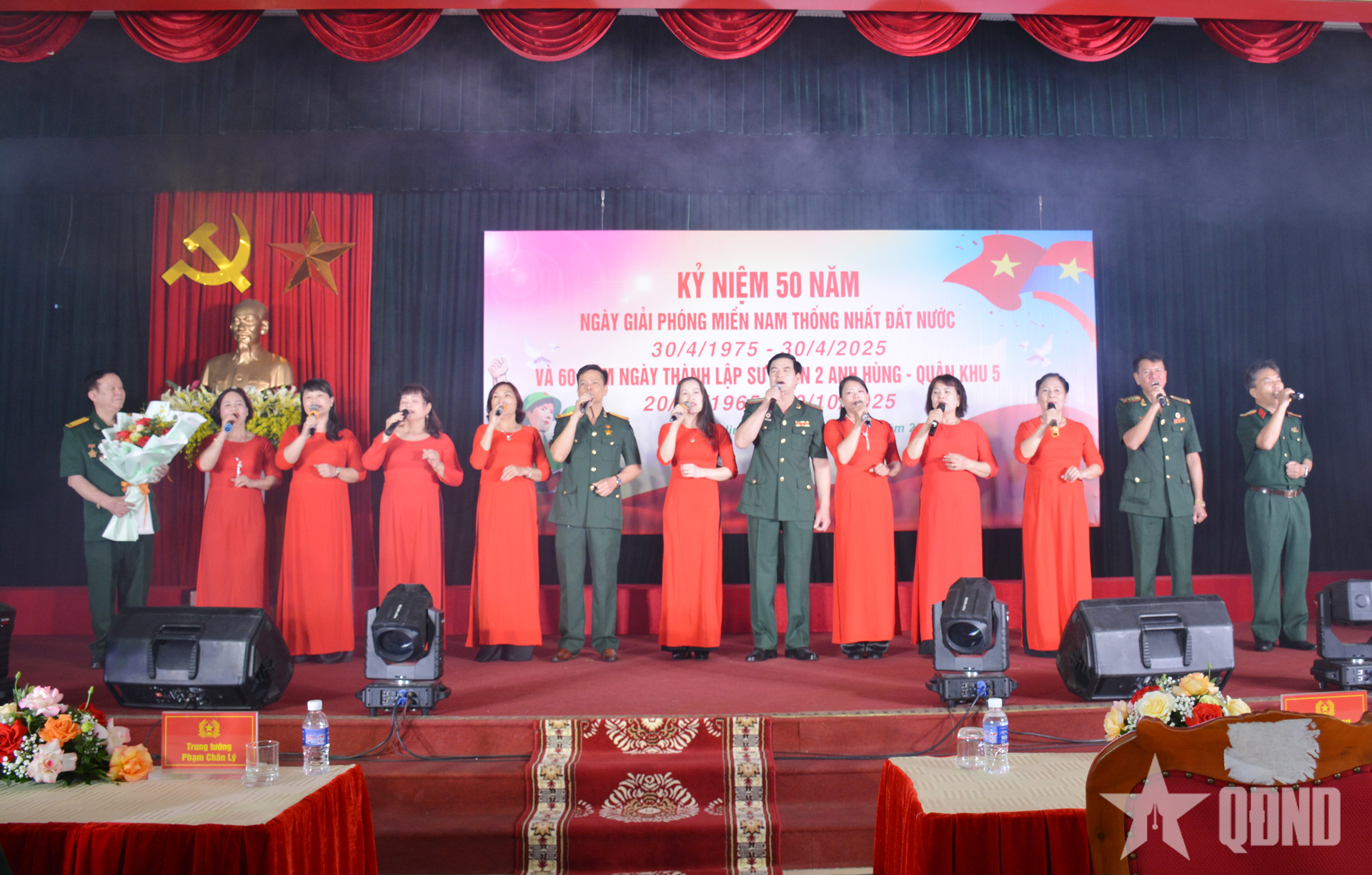


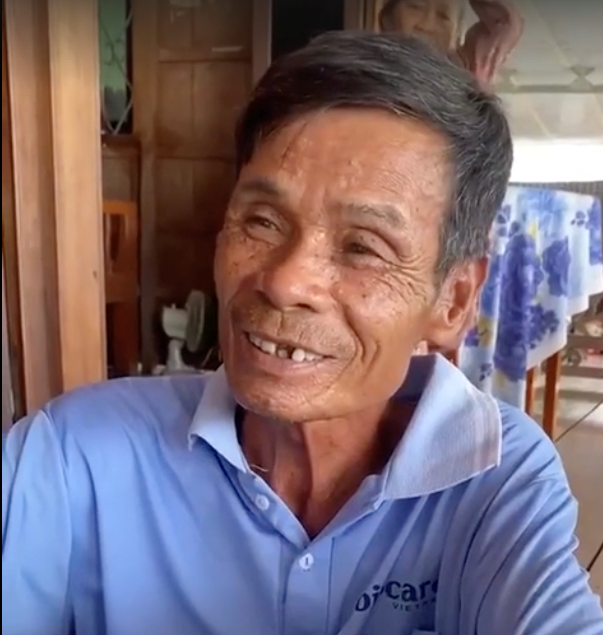


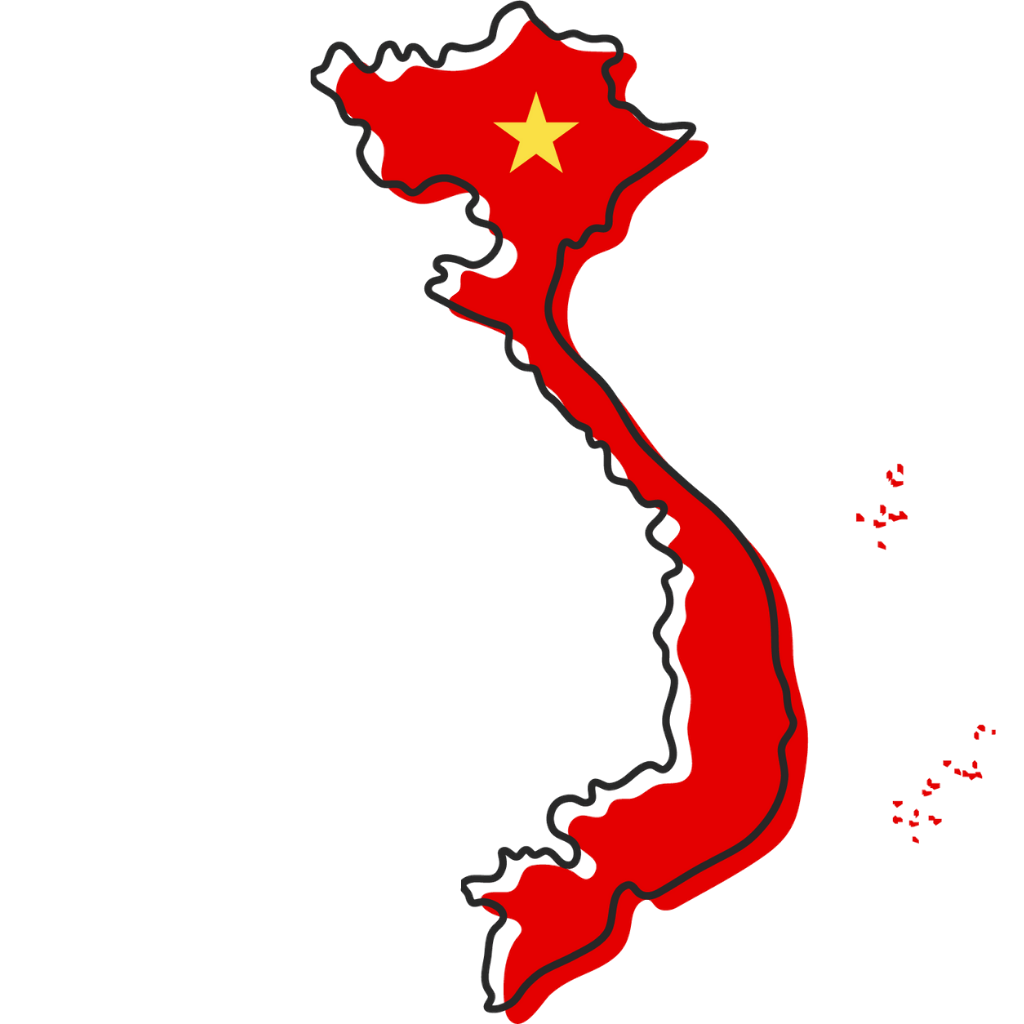
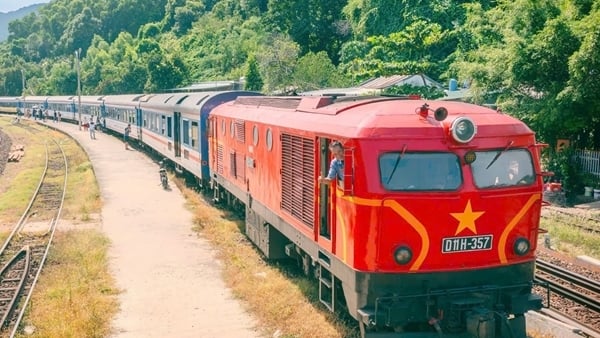
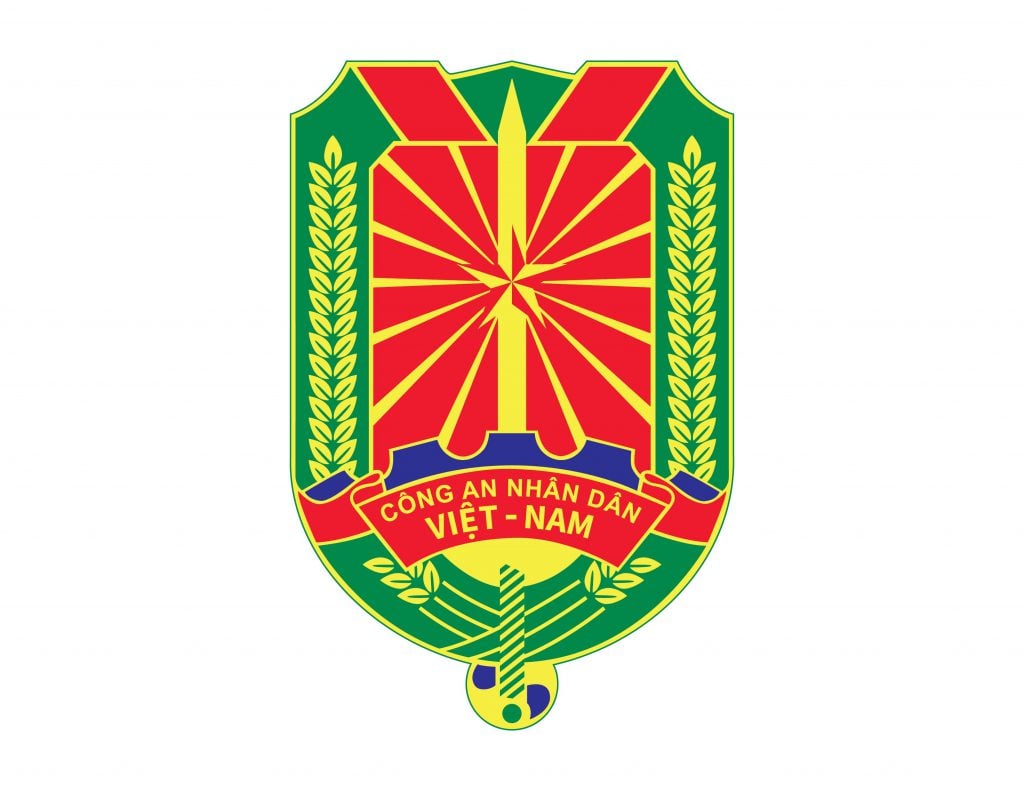





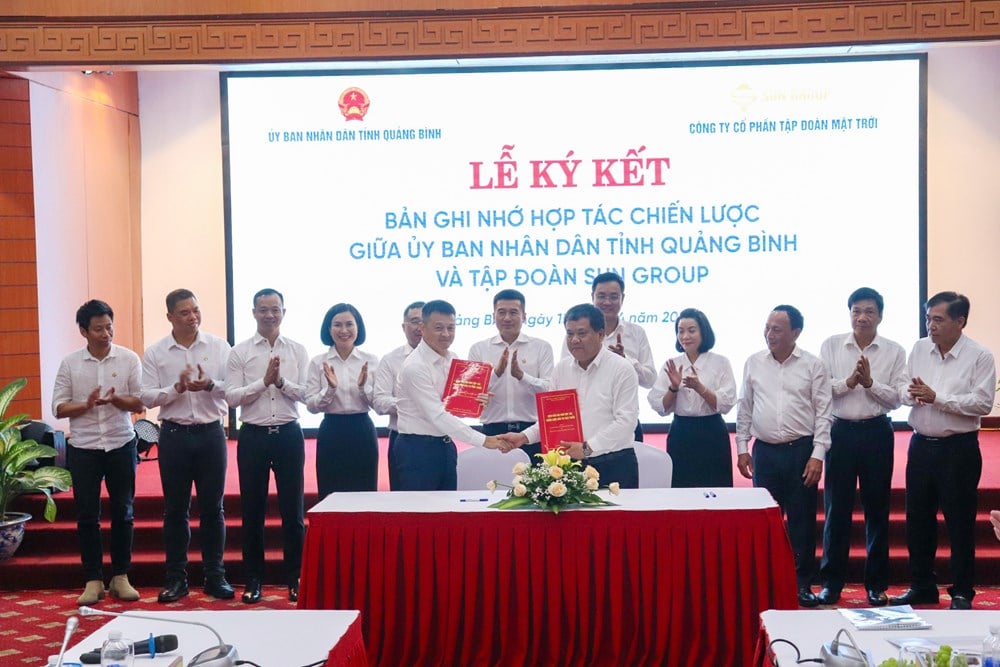









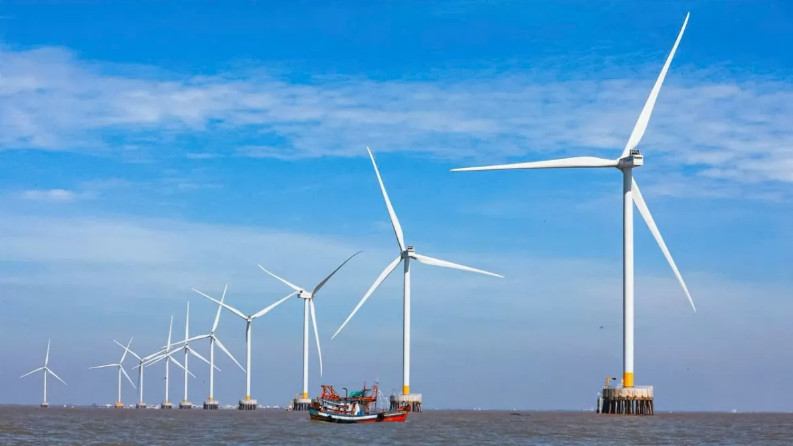


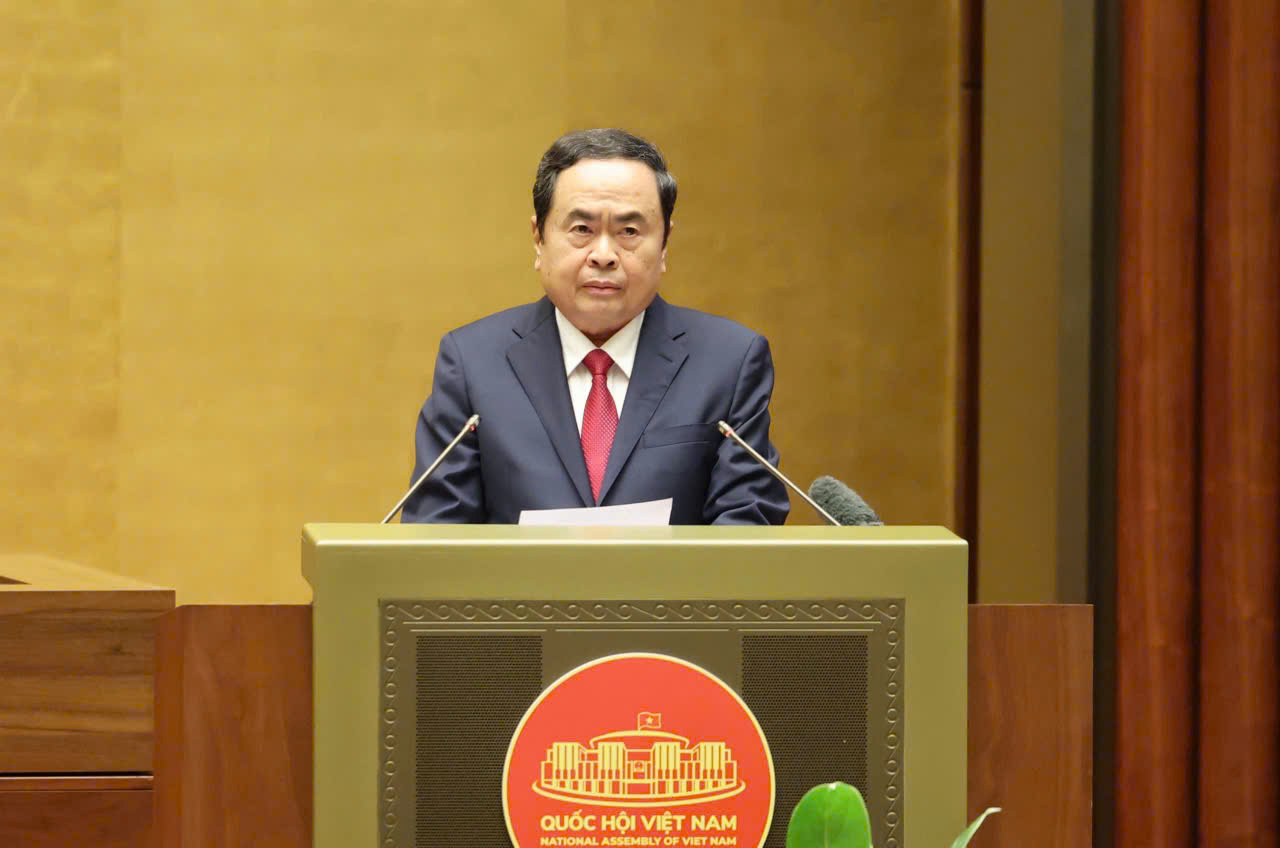










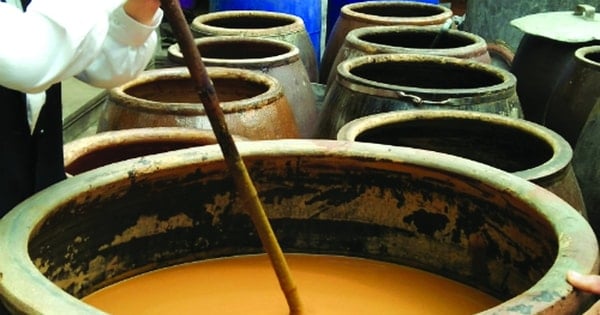




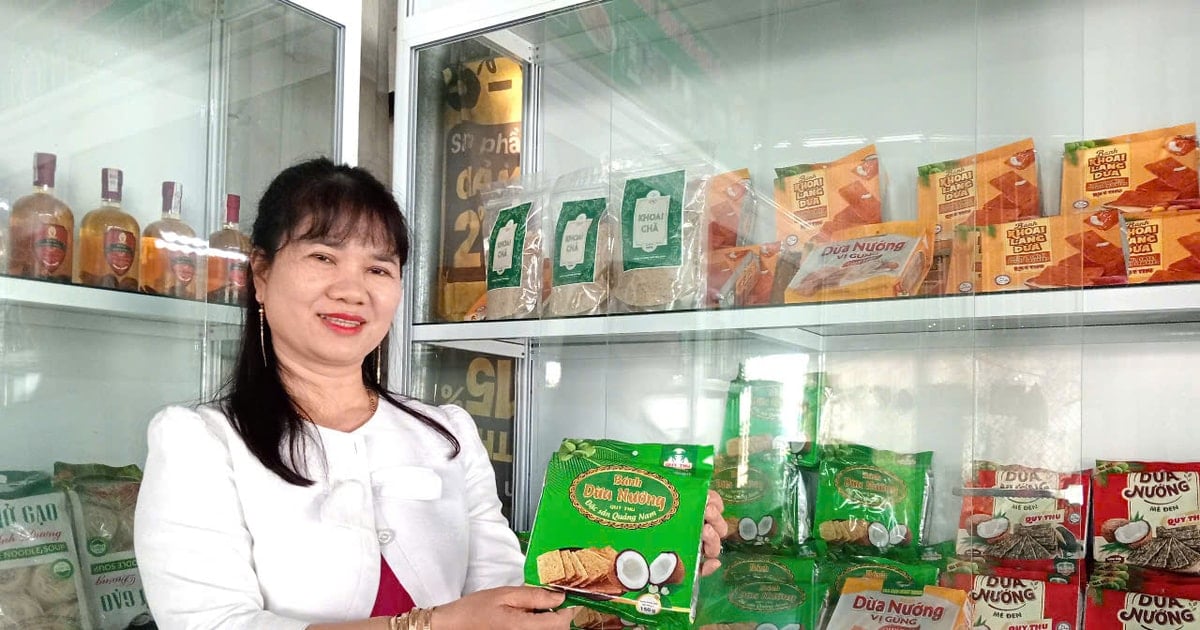

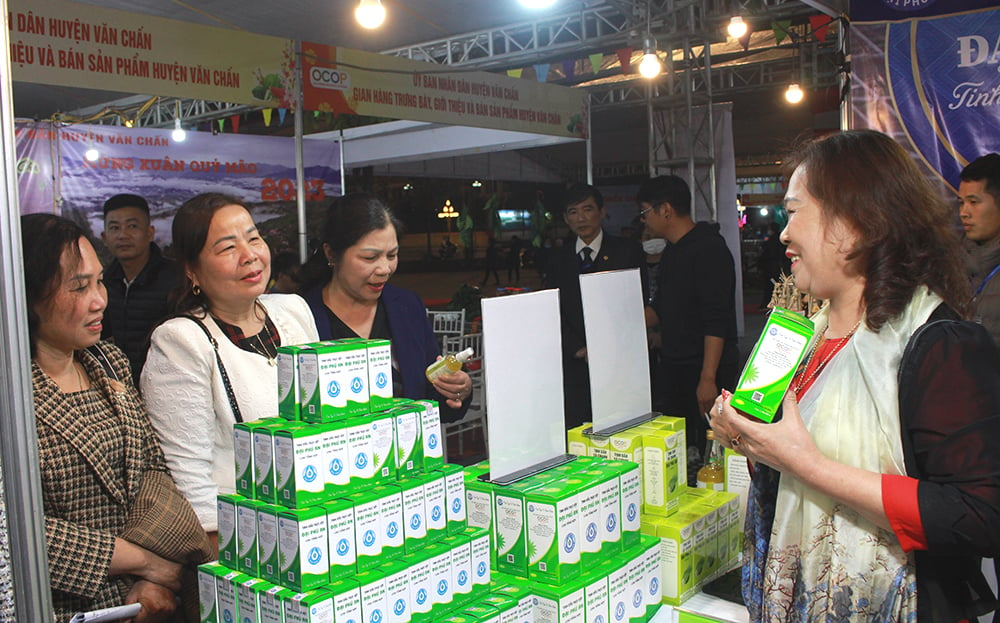
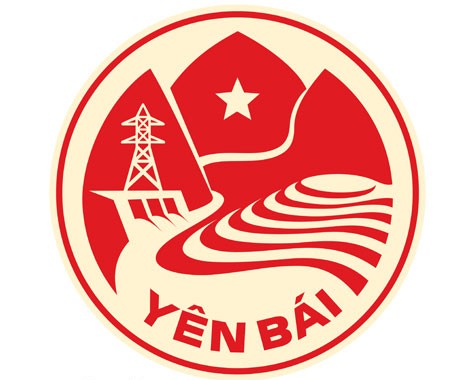
Bình luận (0)